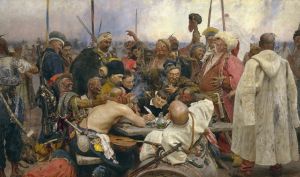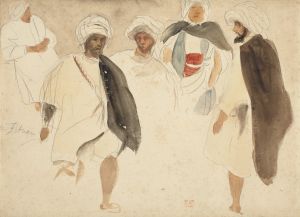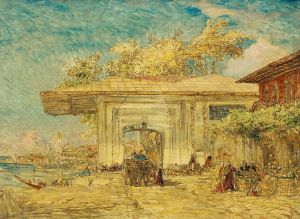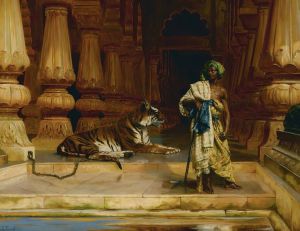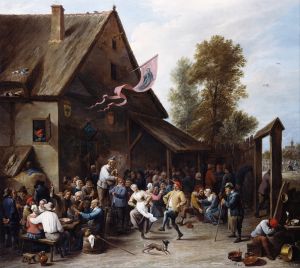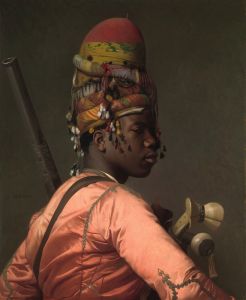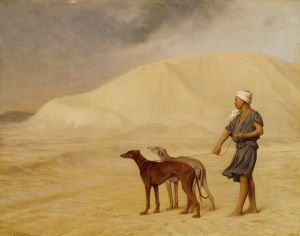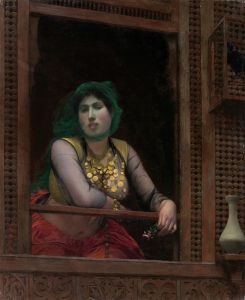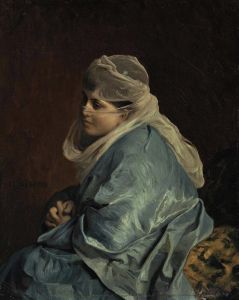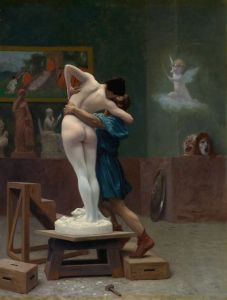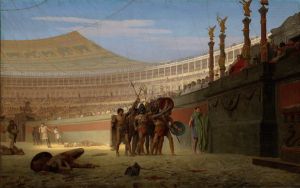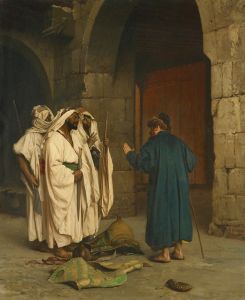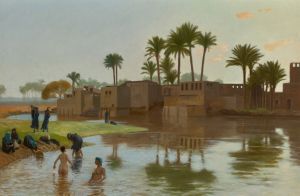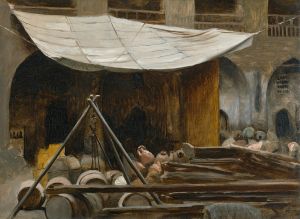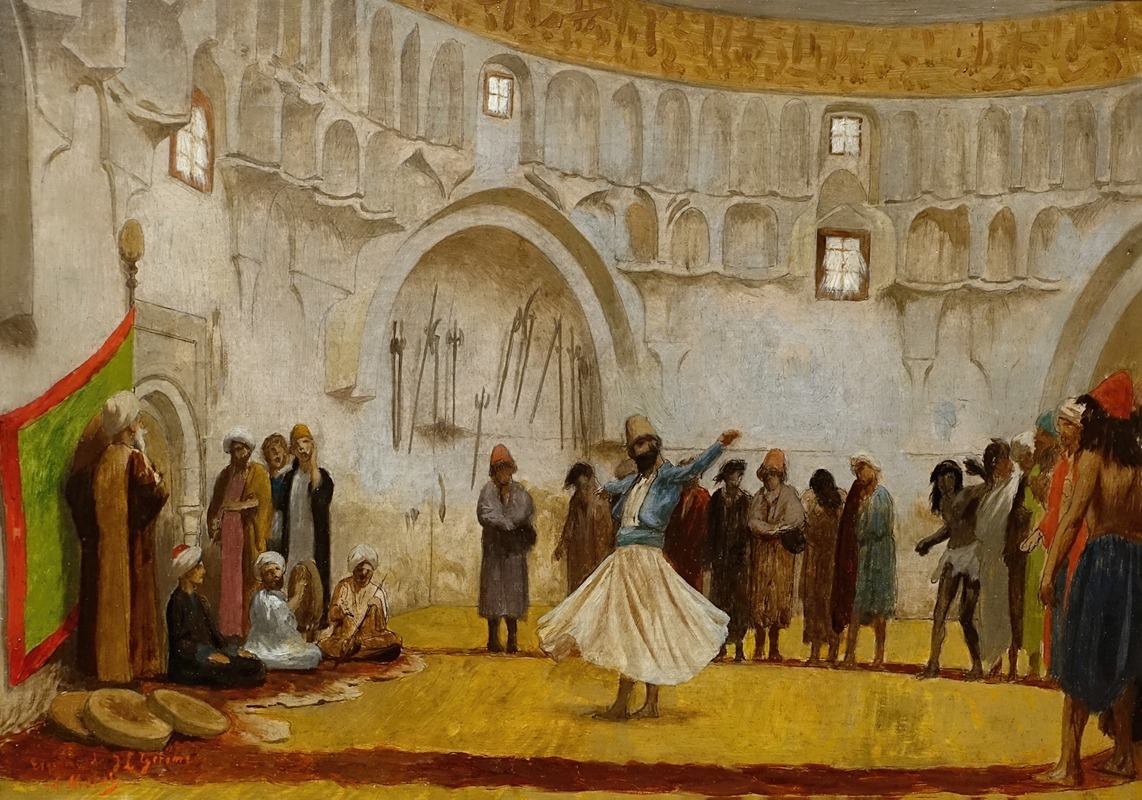
Sketch for Le derviche tourneur
A hand-painted replica of Jean-Léon Gérôme’s masterpiece Sketch for Le derviche tourneur, meticulously crafted by professional artists to capture the true essence of the original. Each piece is created with museum-quality canvas and rare mineral pigments, carefully painted by experienced artists with delicate brushstrokes and rich, layered colors to perfectly recreate the texture of the original artwork. Unlike machine-printed reproductions, this hand-painted version brings the painting to life, infused with the artist’s emotions and skill in every stroke. Whether for personal collection or home decoration, it instantly elevates the artistic atmosphere of any space.
"Sketch for Le derviche tourneur" is a painting by the renowned French artist Jean-Léon Gérôme, who was a prominent figure in the 19th-century academic art scene. Gérôme is well-known for his detailed and historically themed works, often depicting scenes from the ancient world, the Middle East, and classical antiquity. His works are characterized by their precise detail, vibrant color, and dramatic compositions.
The painting "Sketch for Le derviche tourneur" is a preparatory work for one of Gérôme's larger and more finished pieces. As the title suggests, the painting depicts a whirling dervish, a member of the Mevlevi Order known for their practice of Sufi whirling as a form of physically active meditation. This dance is a part of the Sufi tradition within Islam and is intended to reach religious ecstasy and a closer connection to God.
Gérôme's interest in Orientalist themes is evident in this work. Orientalism, in the context of 19th-century art, refers to the depiction of the Eastern world by Western artists, often romanticizing or exoticizing the cultures and people of the Middle East, North Africa, and Asia. Gérôme was one of the leading figures in this movement, and his travels to the Middle East greatly influenced his artistic output.
In "Sketch for Le derviche tourneur," Gérôme captures the dynamic movement and spiritual intensity of the whirling dervish. The sketch likely served as a study to understand the composition, movement, and attire of the dervish, which would later be refined in the final painting. Gérôme's attention to detail is evident even in this preliminary work, as he meticulously portrays the flowing robes and the focused expression of the dancer.
The sketch is an example of Gérôme's ability to convey motion and emotion through his art. His use of light and shadow, as well as his understanding of anatomy and fabric, allows the viewer to almost feel the spinning motion of the dervish. This work, like many of Gérôme's pieces, reflects his dedication to accuracy and his deep interest in the cultures he depicted.
Gérôme's works, including "Sketch for Le derviche tourneur," have been both celebrated and critiqued over the years. While he was praised for his technical skill and attention to detail, some modern critics have examined his works through the lens of postcolonial theory, questioning the implications of Orientalism and the portrayal of Eastern subjects by Western artists.
Despite these debates, Gérôme remains a significant figure in art history, and his works continue to be studied and appreciated for their artistic merit and historical context. "Sketch for Le derviche tourneur" is a testament to his skill as a draftsman and his fascination with the diverse cultures of the world. The painting is part of the broader narrative of 19th-century art, where artists like Gérôme sought to capture the exotic and the unfamiliar, bringing it to the attention of a Western audience.





